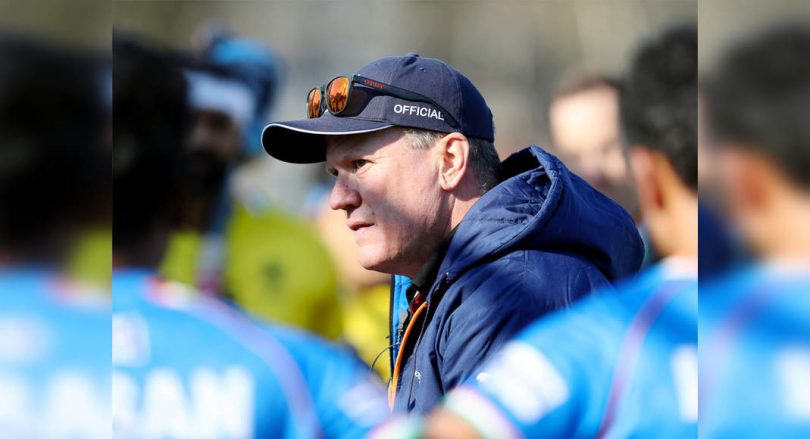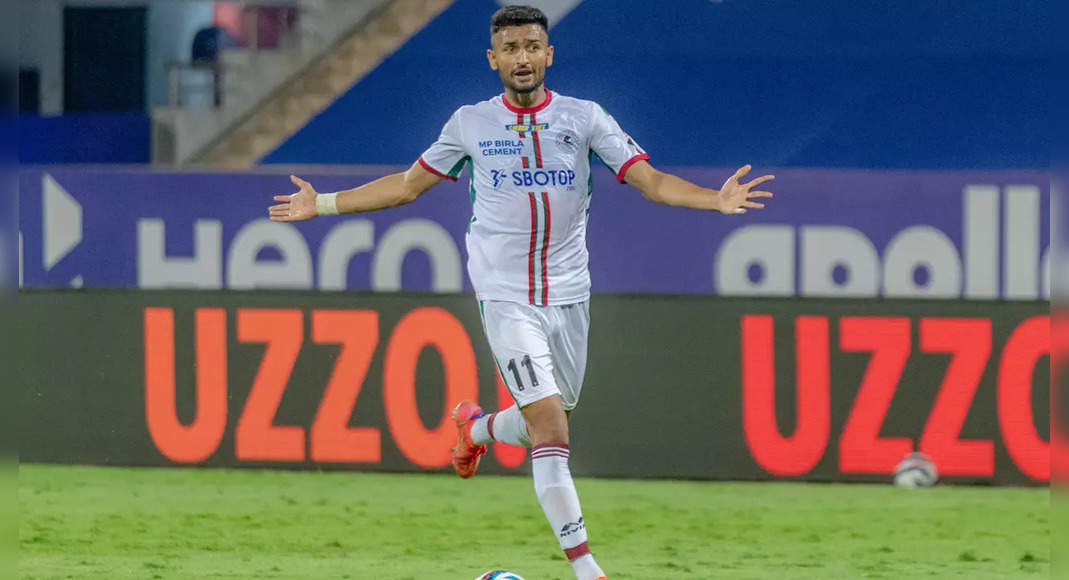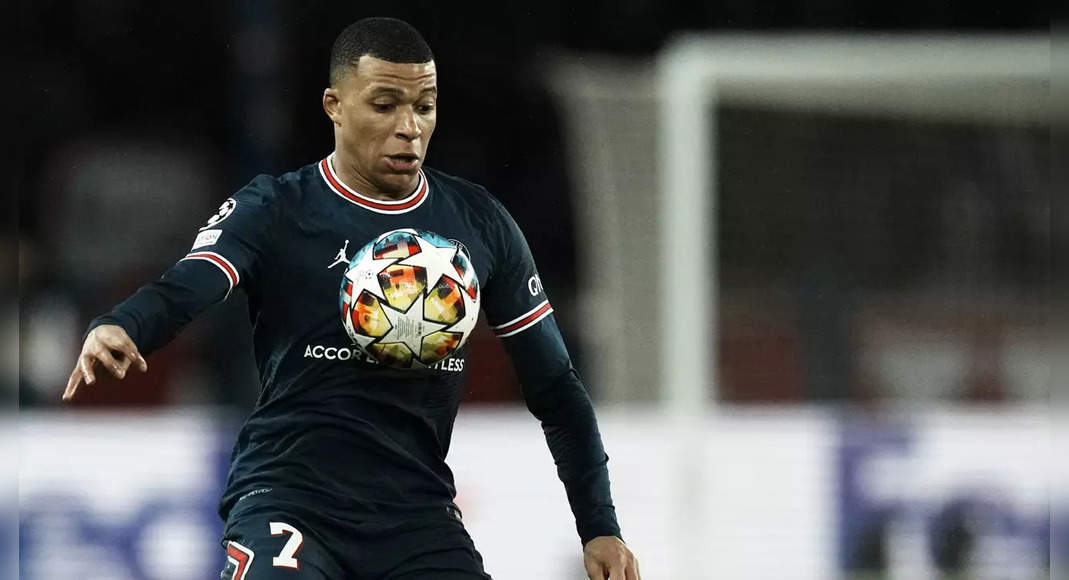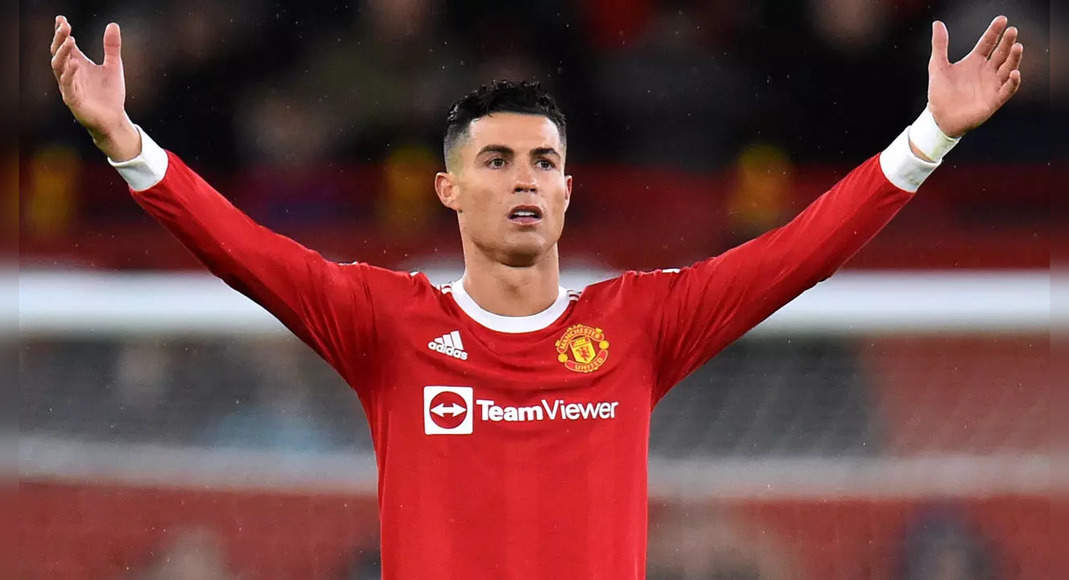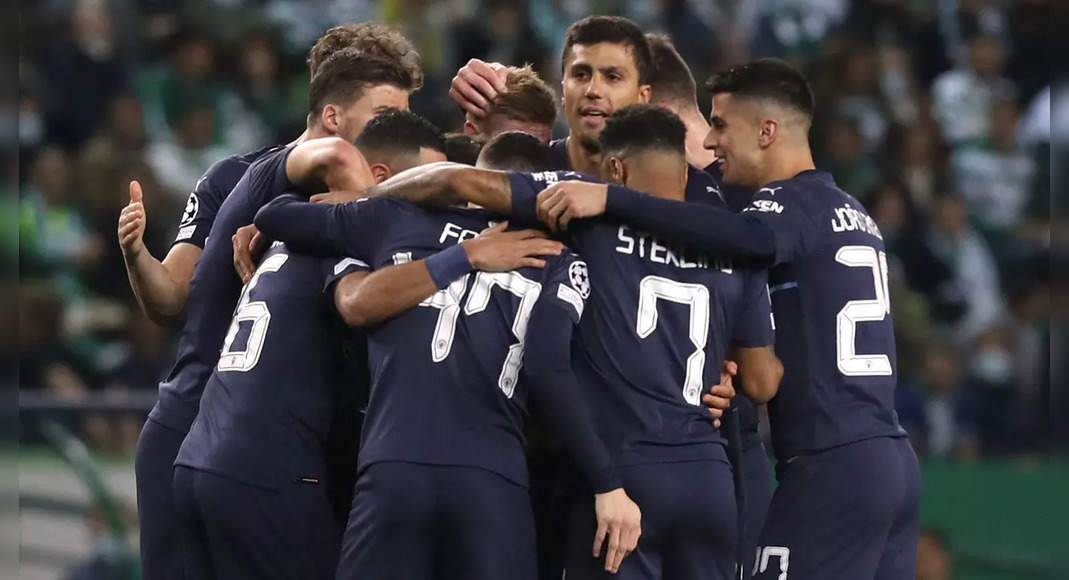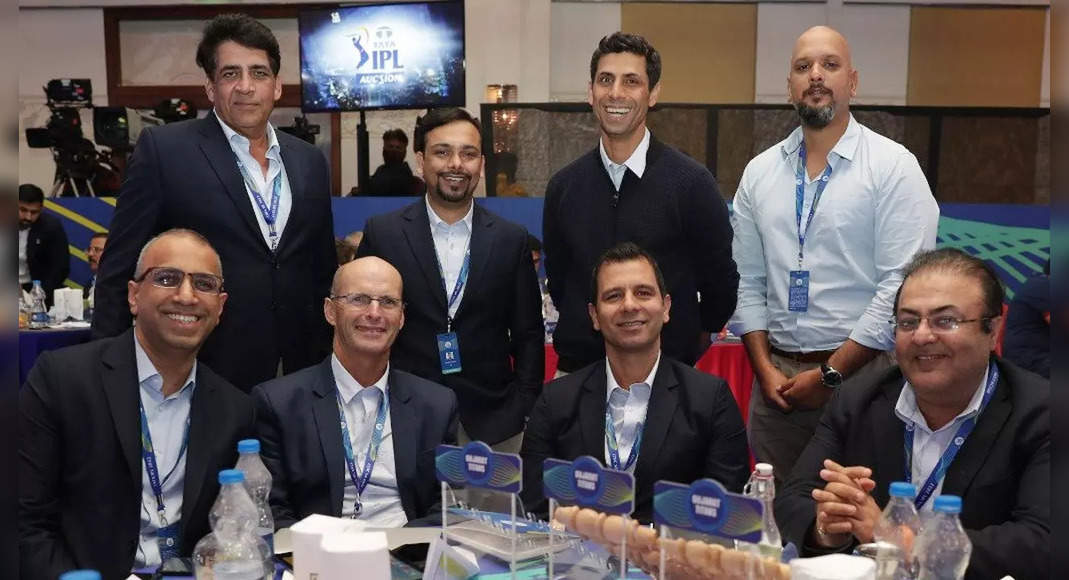NEW DELHI: The Indian men’s hockey team will carry arguably one of the world’s strongest back-lines to Tokyo.
The midfield will be under the able command of skipper Manpreet Singh, backed up by intelligent playmaker Vivek Sagar Prasad.
But the forward-line announced by Hockey India was something most people couldn’t entirely wrap their heads around.
Named in the forward-line, Dilpreet Singh, Gurjant Singh, Lalit Upadhyay, Mandeep Singh and Shamsher Singh will be the ones trying to score the goals that can put India back in contention for the top three at the Olympics.
Taking nothing away from the quintet entrusted with the job, opinions on the selected forward-line, which has been contested on various public forums, revolved around the missing ‘experience’ factor, as chief coach Graham Reid and the Hockey India selection committee decided to look past seasoned strikers Akashdeep Singh and SV Sunil.
In terms of numbers, Sunil and Akashdeep’s international caps, 264 and 194 respectively, are unmatched by any of the five strikers who will board the flight to Tokyo.
While Mandeep (159) and Lalit (108) have both played over a hundred games for India, the other three haven’t touched 50, and Shamsher has only six international appearances, besides none of them have ever been to the Olympics before.
Read AlsoIndian men’s hockey squad for Tokyo Olympics: Brave selection for the biggest stage of them allIndia included as many as 10 Olympic debutants in their 16-member squad for Tokyo Games.
While the defence is as solid as it can get, a young forward-line is in for a test in their first appearance at the biggest stage.On paper, the combination is a point of debate, especially considering they haven’t played enough together on tours as India’s strike force.
But when one sees Belgium leaving out captain Thomas Briels (over 350 caps) out of the 16, it suggests there’s a common mantra being followed by international coaches about taking a young team to Tokyo.
Timesofindia.com put that question to India coach Graham Reid during an online press conference hosted by Hockey India and he broke down his reply into some broad-based factors.
“I don’t like to comment on specific selections,” said Reid when asked about the reasons behind leaving out Akashdeep, and then went on to explain the basis of selection.
STAMINA & FITNESS”Perhaps, I can give you a more broader answer in the fact that things like heat and humidity in Tokyo was definitely an important part (of selection), and that doesn’t necessarily relate to a specific player in this instance.
We need to play two back-to-back games,” said the Australian.
Read AlsoFrom playing with a broken stick to Tokyo selection, Shamsher Singh puts Attari on the Olympic hockey mapShamsher Singh was enrolled at the Surjit Hockey Academy (SHA) in Jalandhar when he was around 11 years old.
The next six years of his life he spent at the academy, which has a remarkable structure where the kids who are enrolled are also admitted to school to complete their studies.LIMITATIONS OF A 16-MEMBER SQUADUnlike in other instances, where 18 players are selected in the final squad, the Olympic Games allow a squad size of only 16 for hockey competition.
Reid said it limits options further.
“The other part is 16 players and that’s something I think people forget.
Normally we are used to having a team of 18, used to having the flexibility that it provides.
With 16, you have less of that, of course,” Reid said.
VERSATILITYA shorter squad, suggested Reid, makes the coach look for players who provide the option to be played at different positions, which is the case with someone like Shamsher.
An attacking midfielder, Shamsher can be utilized to join the attack, play in the middle or shore up the defence.
Akashdeep doesn’t provide that option.
“The ability to play across multiple lines,” said Reid, talking about versatility.
“For example, if a key player gets injured in the first 2-3 days of the Olympics, then you need to have someone who can play across defence, midfield and strikers in your team to be able to do that.
“There is also the other portion, that if someone gets injured but the injury is not serious enough (to call for a replacement from the standbys), then you need someone, for example, to play the next game in that different line (position).
Those sorts of things also play a factor.” OFF-THE-BALL PLAYGoing into technicalities, Reid put the spotlight on a player’s ability to find spaces off the ball and read play during a build-up.
That’s something Mandeep excels in.
“The other important part about modern hockey, and I certainly know the coaches think this way but perhaps the public and the journalists don’t always, is that hockey is also about off-ball…as much as it is when we have the ball.
So a lot of the way we play is about off-ball stuff,” Reid explained.
“We play a game that involves a lot of pressing and a lot of running, enthusiasm, tone and energy.
Those sorts of things have been important in the people that we have selected.
Often we see that someone is really great on the ball but we don’t necessarily see the work that they do off the ball; and the work that people do off the ball is a very important part of the way we play or want ourselves to play.” PUTTING THE TEAM FIRST”Things like team-first mentality is also really important,” Reid added.
“The guys that we have selected…they are team players.” BROADLY SPEAKINGReid concluded: “I think often people read into these selections more than what there actually is, but I don’t think it (selecting youngsters) is a matter of trying to surprise the opposition.
I think it’s a mixture of things that I said before.”

